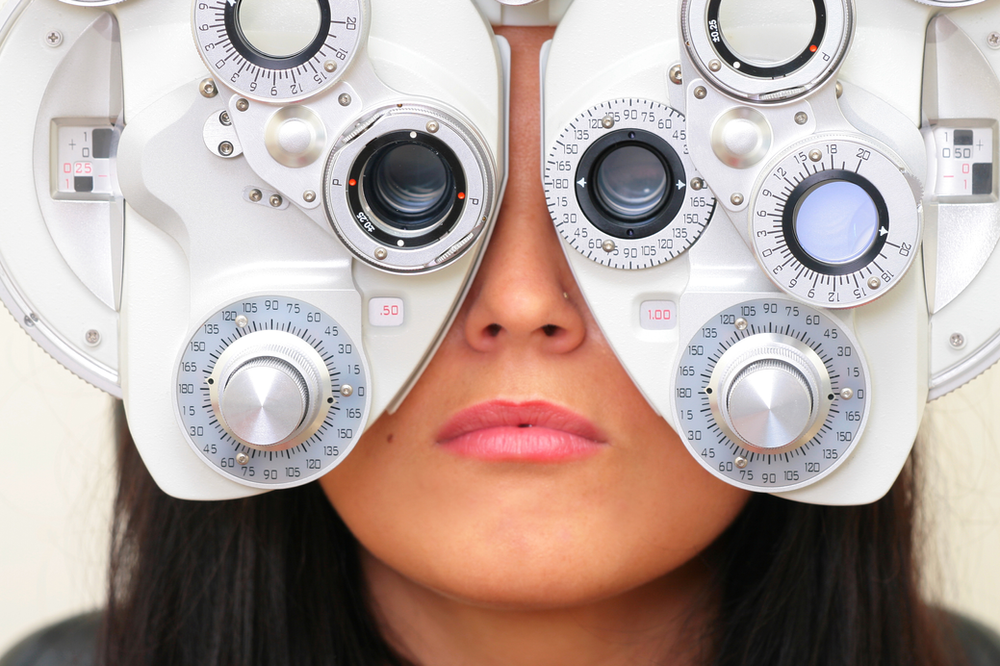
Within the beautiful materials of the Sensorial area, you’ll find specific lessons designed to support the child’s developing visual discrimination. The ability to discern subtle differences in visual stimuli develops over time and practice. Newborns notice differences between bold strokes of black and white. By adulthood, typical vision can capture about one million distinctive colors. And if you’ve got the right genes for it, you might see a hundred times more. But even those of us with the capacity to see an extraordinary spectrum need practice to be able to express that capacity. Early lessons in visual discrimination help the developing child to identify differences by sight, and that ability, in turn, opens up endless new ways of understanding the world. Children obviously need nuanced visual discrimination to identify differences between letters for reading and writing, between numerals for mathematics, but acute visual discrimination also supports children as they learn to make scientifically sound observations, and social studies as they learn the differences between cultures, landforms and architecture around the world, and even in social interactions, as they are able to discern subtle visual cues in facial expressions.
Under the umbrella of Visual Discrimination exist multiple more distinct ways of telling things apart, each of which can be supported through work with the Sensorial materials.
-
Figure Ground Perception, or the ability to focus on some qualities in the visual field even while there are a lot of other visual stimuli around, is supported through those activities that allow children to sort by qualities. When a child scans a floor mat scattered with multiple red rods, they need to focus on the one that is the largest in order to organize the rods. When they hunt for small objects in cylinders filled with sand or beans, they are relying on their figure ground perception. The early activities include fewer qualities to discern between. The later activities present multiple ones, like scanning the room to find something the exact shade of blue as the color tablet in your hand.
-
Form Constancy, or the ability to identify similar forms even when they change size, position or location in the environment: Watch a child organize the insets of the Geometric cabinet from a random spread on the mat to an organized row. Notice how they are able to identify the smallest pink cube from the next larger one in a Mystery Bag. Observe them find the matching cylinders of the knobbed and knotless sets. See them find objects in the classroom that are the same shape as the geometric shapes on their cards. Early readers who have not yet developed form constancy may switch their “b” and “ds.” Children who have developed this skill will more reliably notice the difference between a 2 and a 5, or a p and a b.
-
Visual Closure, or how you can find a spatula in the drawer when it’s under so many other utensils: Children need to be able to identify objects when they are only able to see a part of them. Lessons like the Mystery Bag and Distance Games allow for this practice.
-
Visual Memory, or how you can “see” where your keys are before you find them: Matching games with the Geometric Cabinet support the child in developing this skill, as do distance games with the cubes and prisms of the Pink Tower and Broad Stair. Playing games of Memory or What’s Missing with pieces of the materials, as does searching in the room for items of the same shape and dimension.
-
Visual Sequential Memory, or your ability to remember steps in order: Building the Pink Tower or Broad Stair, carrying the pieces of the Red Rods back and forth to the shelf, explorations with the Knobbed Cylinders… all these lessons, leading up to the Grand Array, reinforce a child’s ability to imagine the steps they must take to have their work “look right” when it’s done. Patterning explorations with multiple boxes of the Knobless Cylinders and sequenced instructions with the Mystery Bag extend this further.
-
Visual Spatial Relationships and Motor Integration, or why you can place your cup on the table without dropping it an inch above the surface: Because the Sensorial materials are manipulatives, each one includes some visual spatial practice. The child practices these through placing cubes, sorting objects, carrying apparatus around the room. Imagine a child moving through the classroom carrying the longest Red Rod. Observe them noticing the space allowed for each prism as they build the Binomial Cube. These lessons also support the child’s Visual Tracking, the ability to move their eyes fluidly that will be so critical to reading text on a page.
-
Visual Focus: Finally, each of these lessons, offering rich experiences with materials that vary widely in their visual stimuli, allow children to refine their visual focus. The organization of the shelves, with each material hosted in its own location against a neutral background, supports children’s developing focus. Lessons that require them to look for small details, like the qualities of the Geometric Cabinet insets or the focus it requires to run the smallest cube of the Pink Tower along each ledge created by the other cubes…
The child is engaged because of their internal drive to classify, categorize and master their environment. But through that engagement, other physical development unfolds. A child who thinks they’re building a tower is also building their ability to discern among subtle distinctions in the visual field. And this increasingly refined skill will support them academically and socially as they learn new content and apply in across their experiences.
#Sensorial #Curriculum #Primary #FirstPlane #ForParents #ForTeachers
